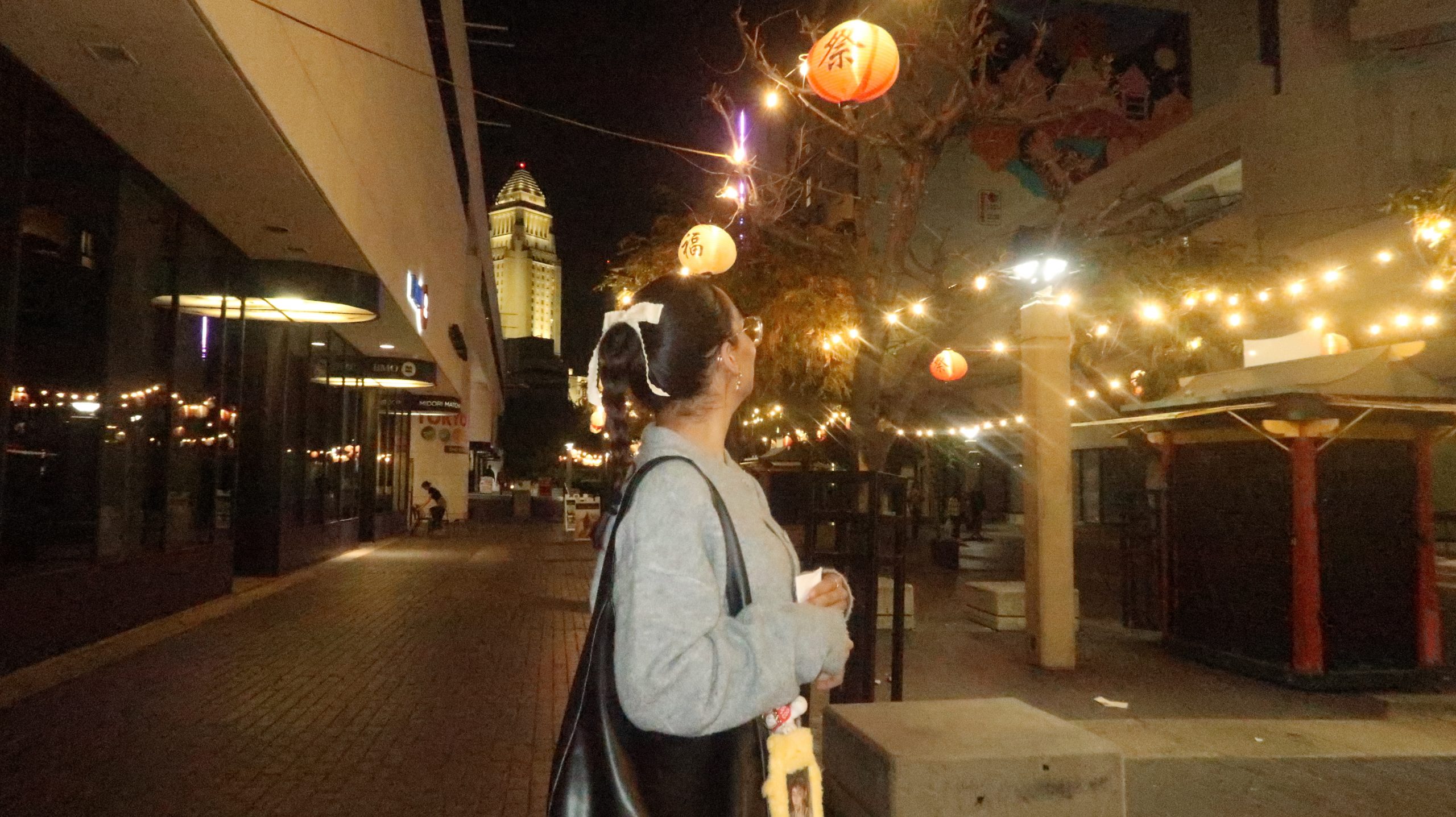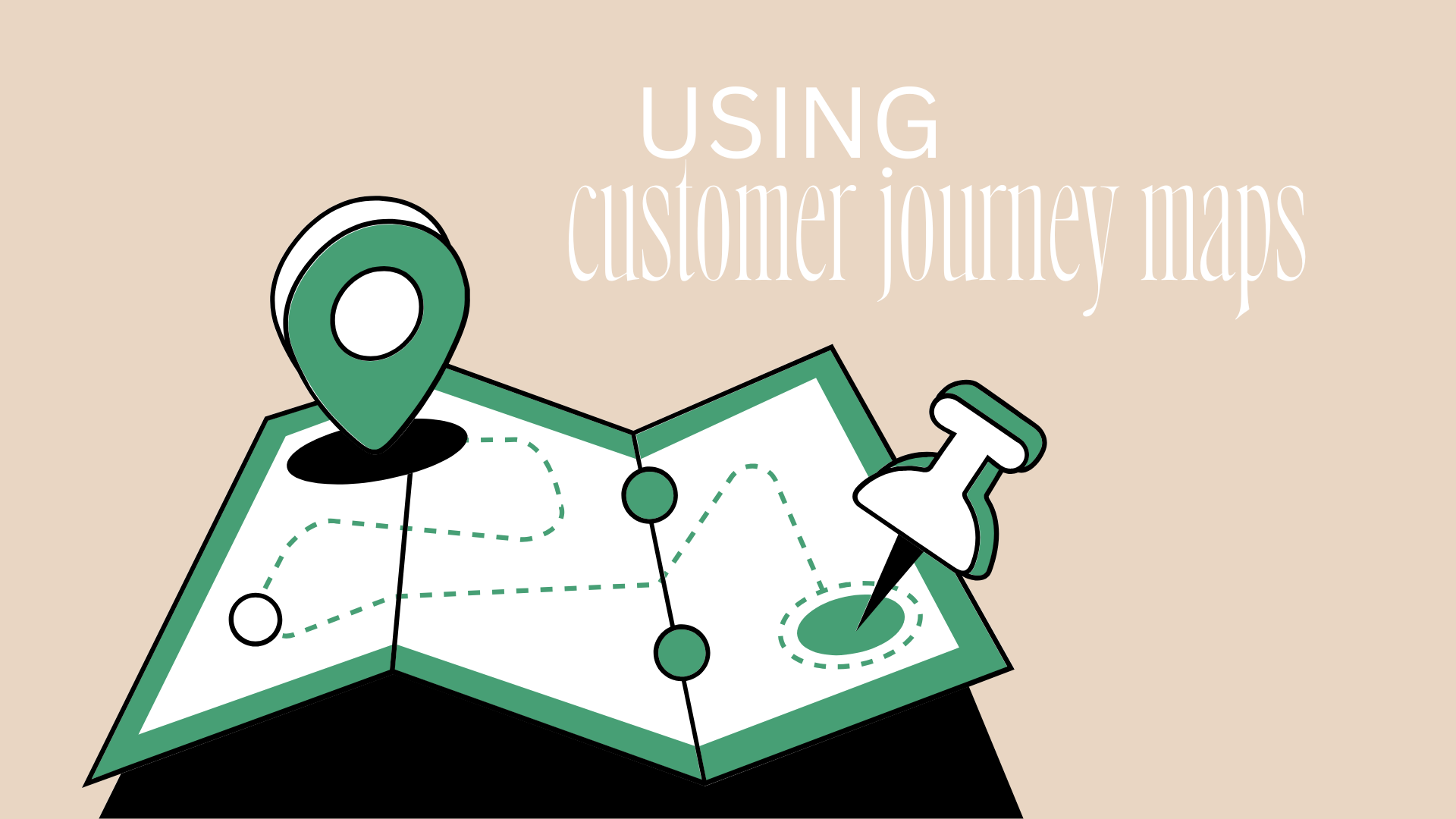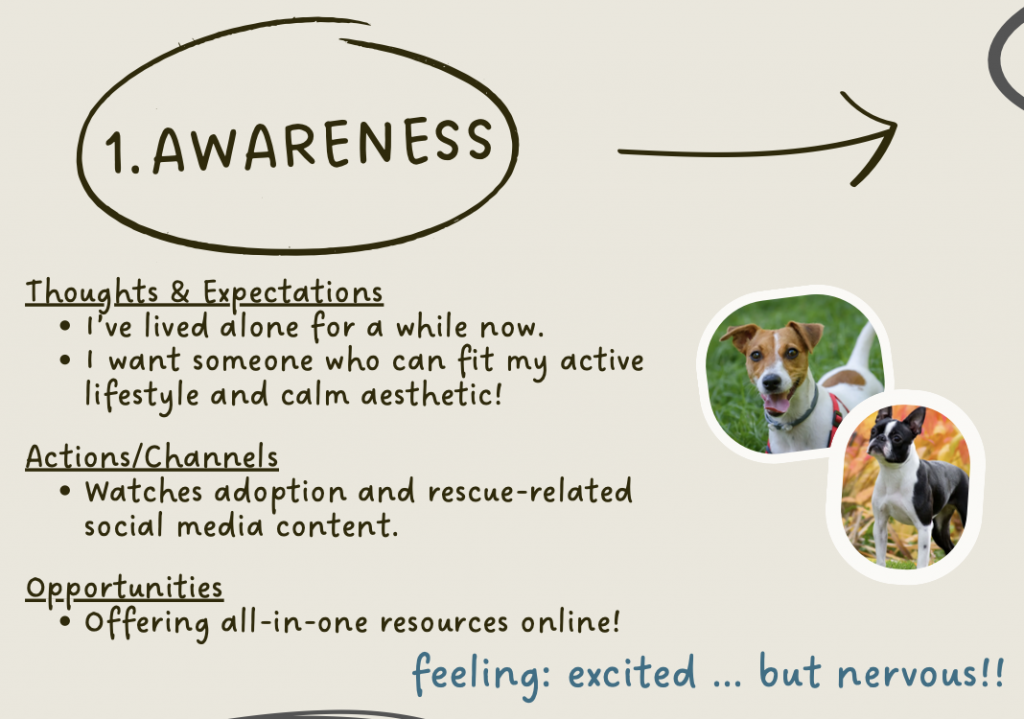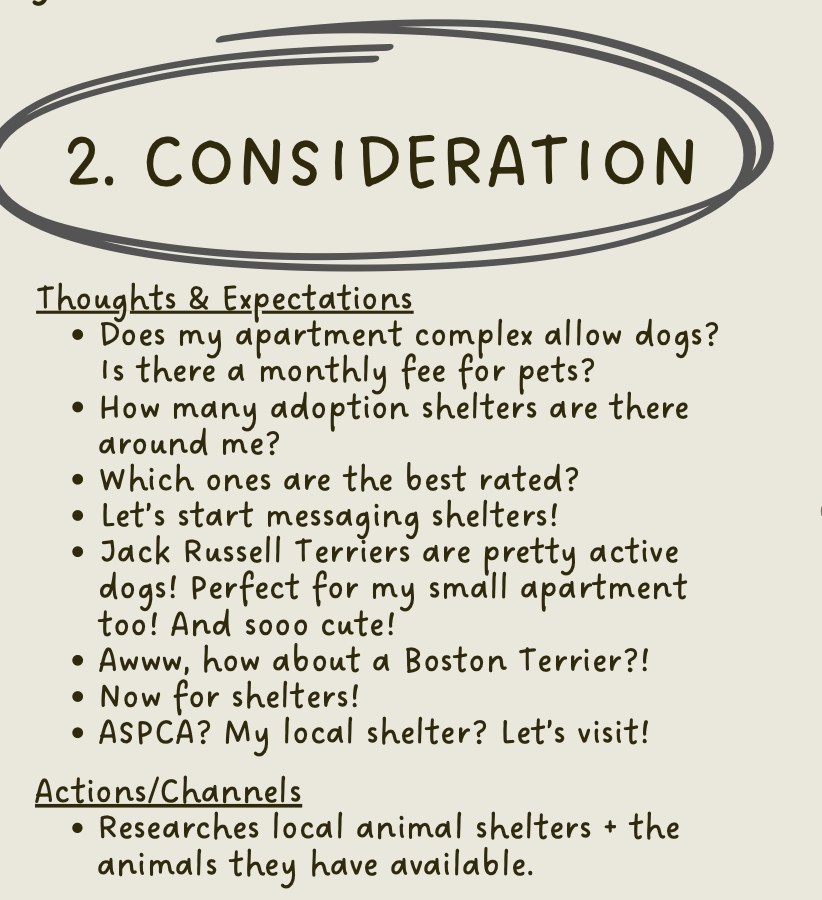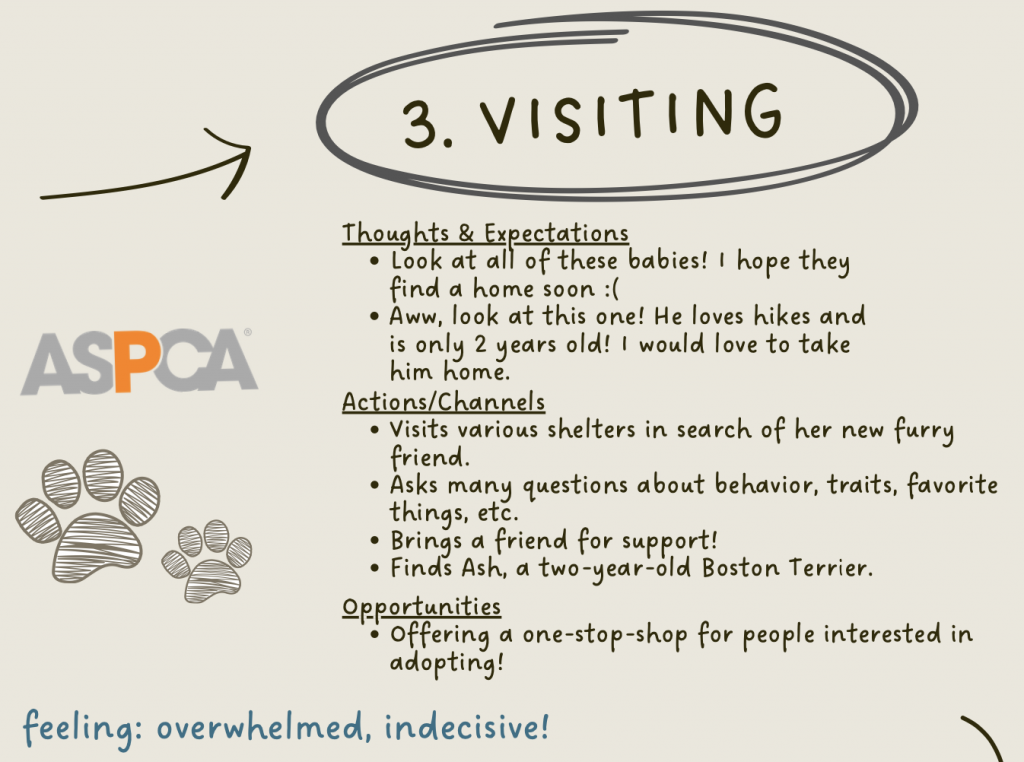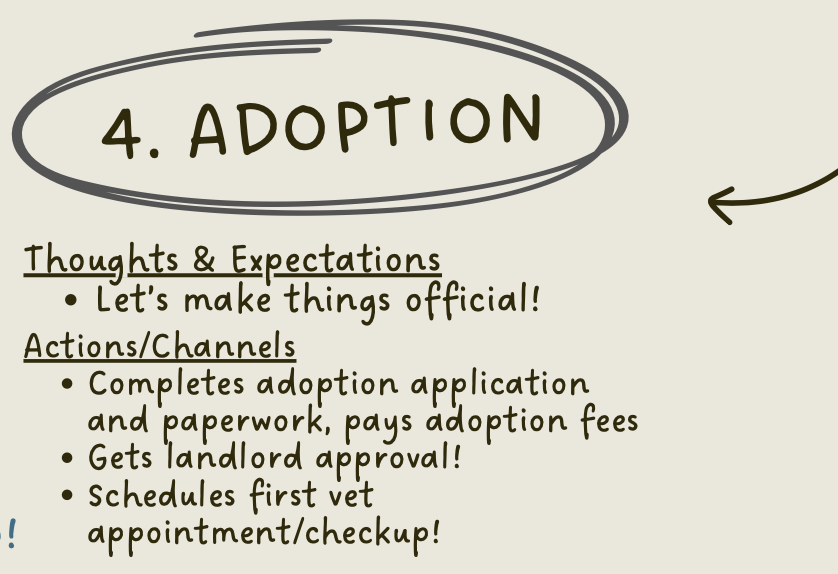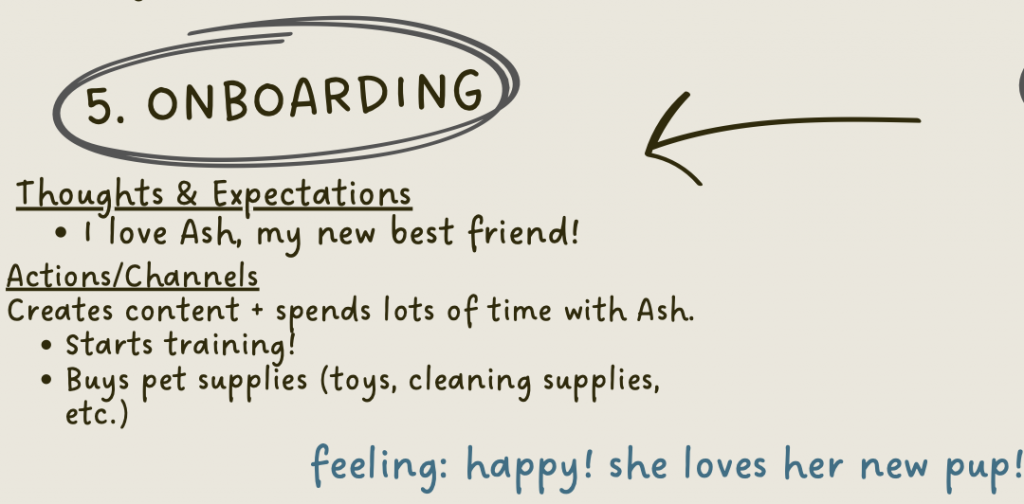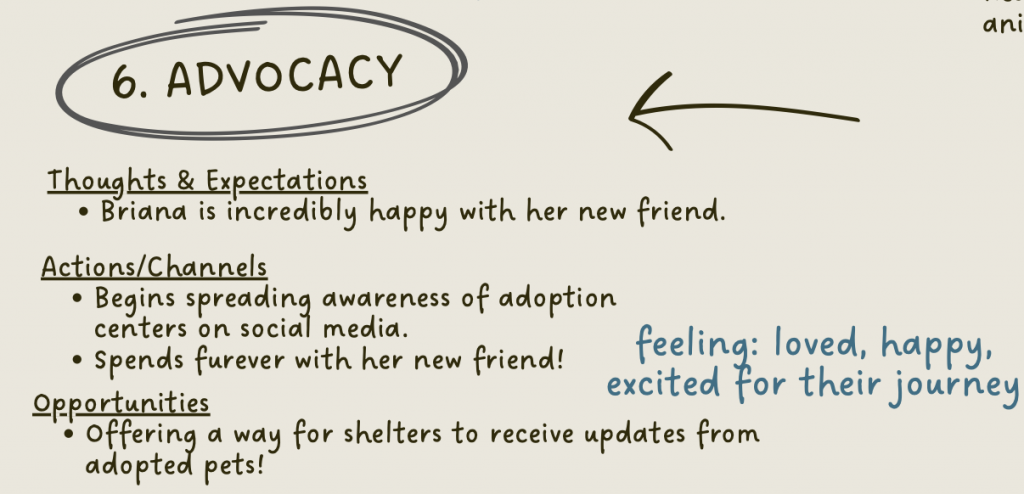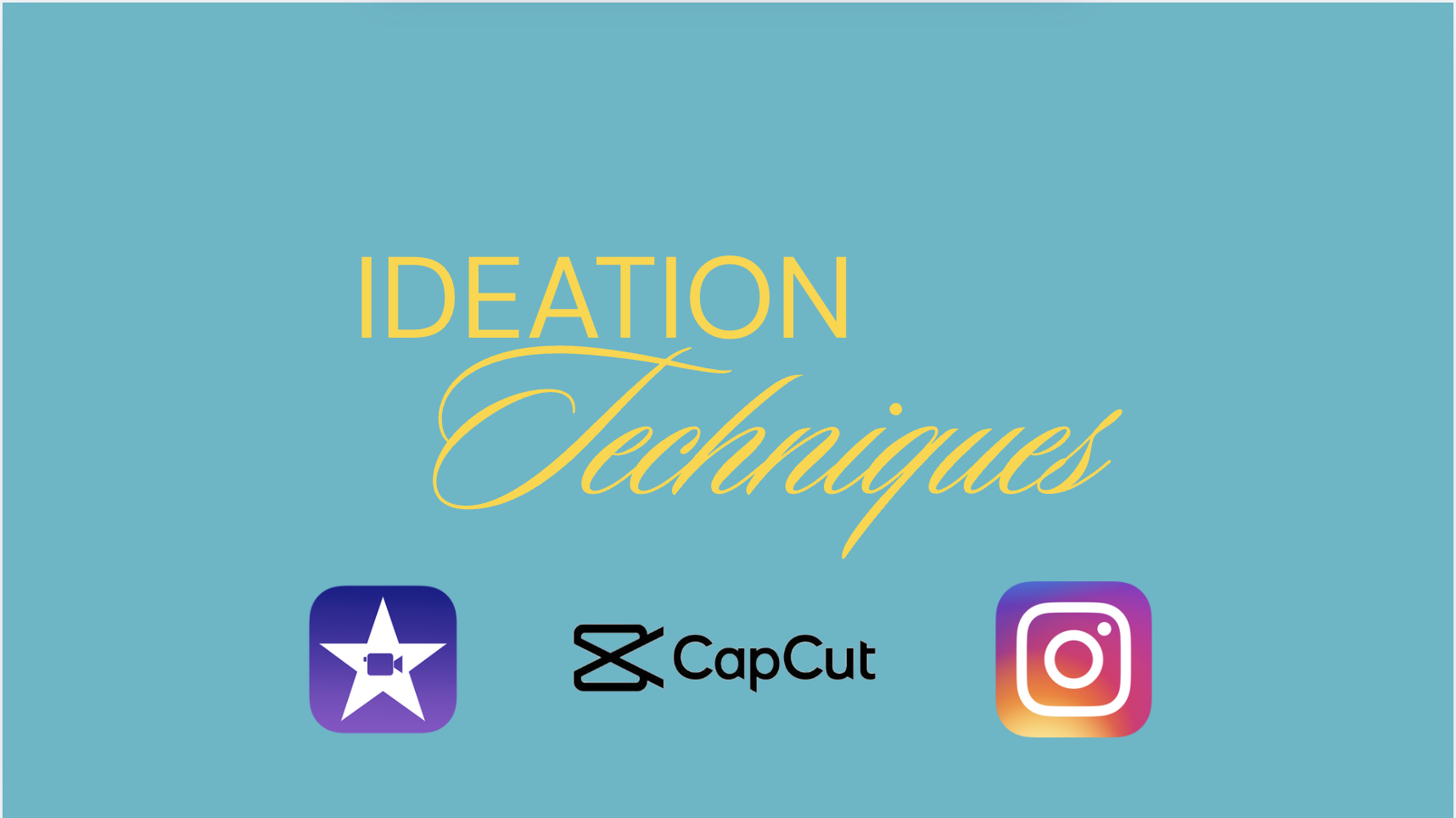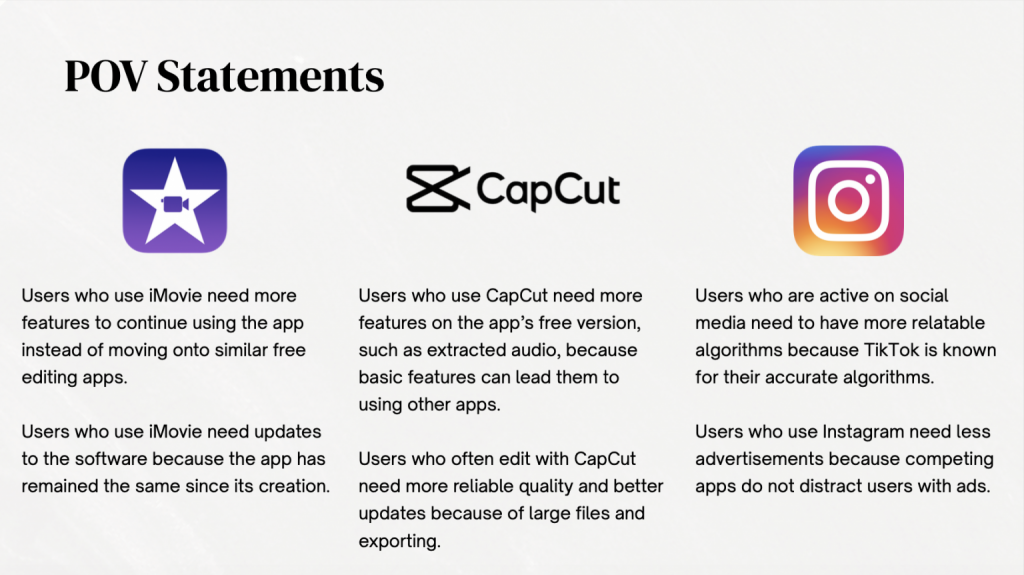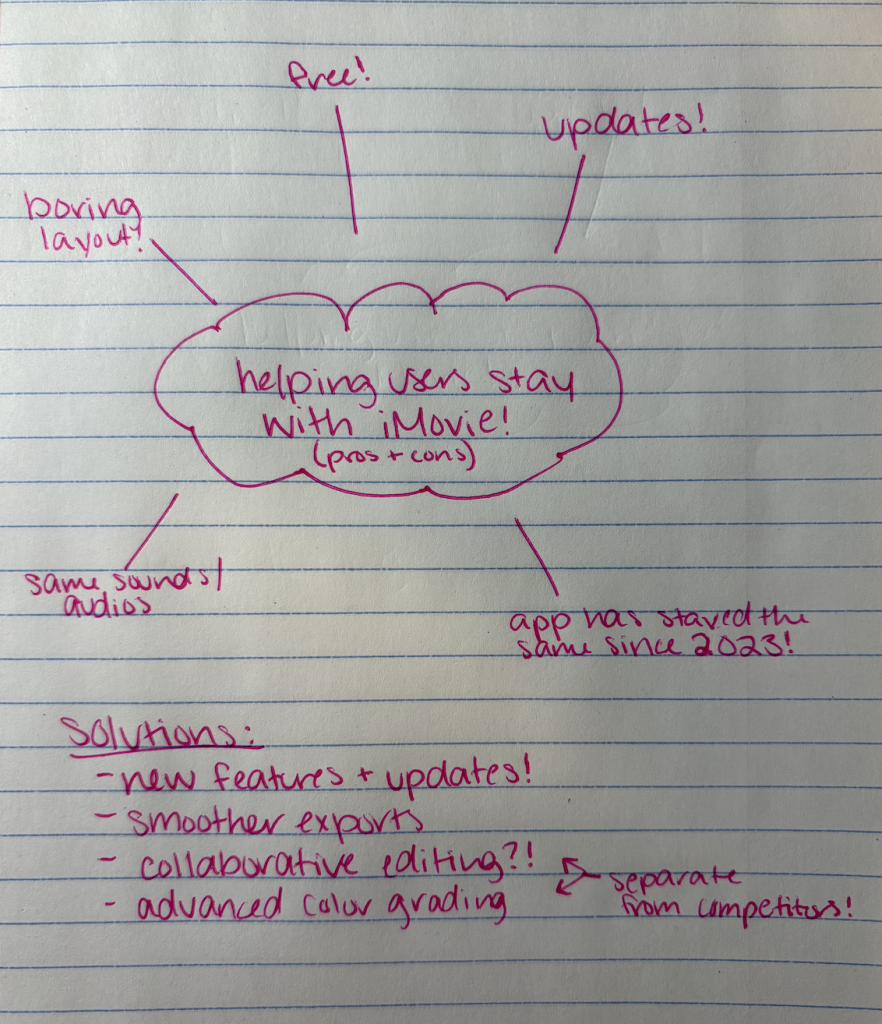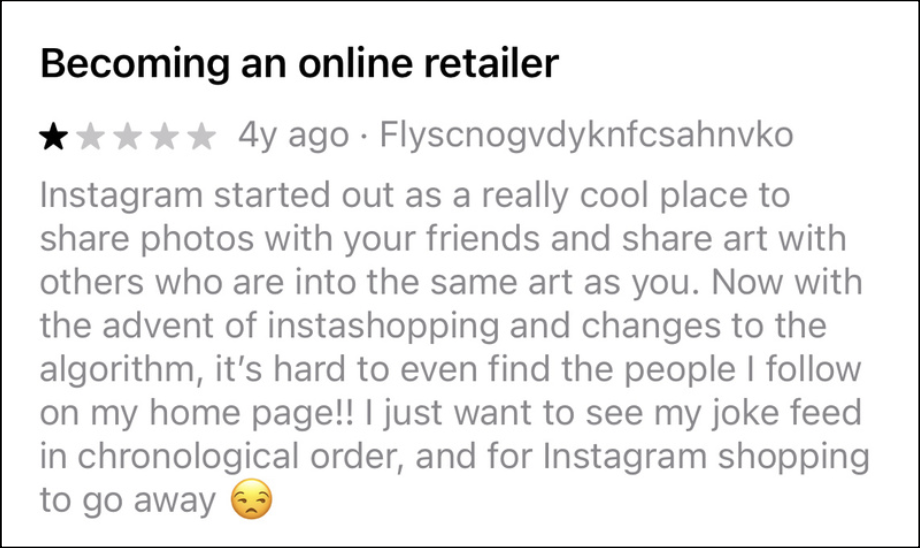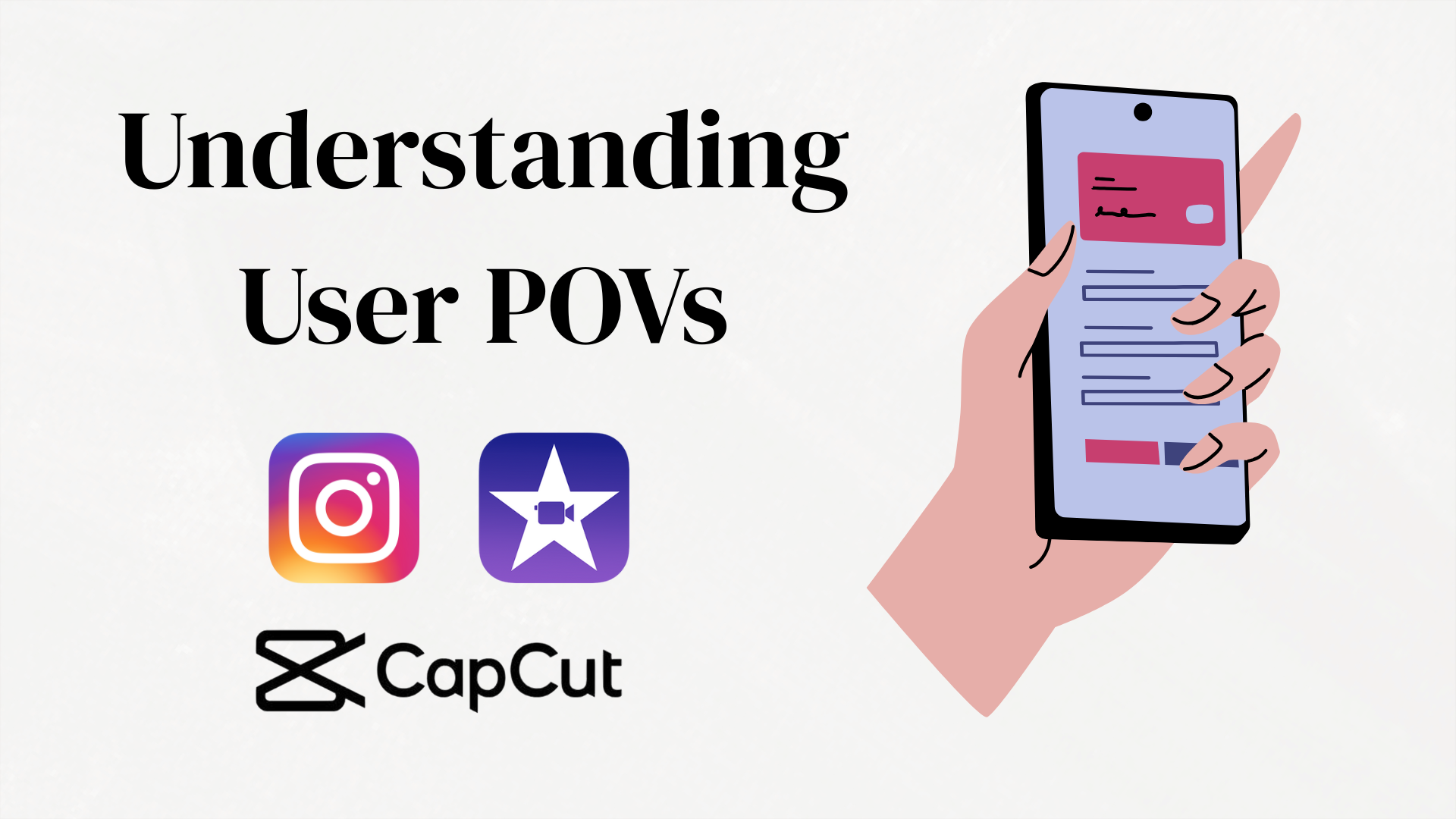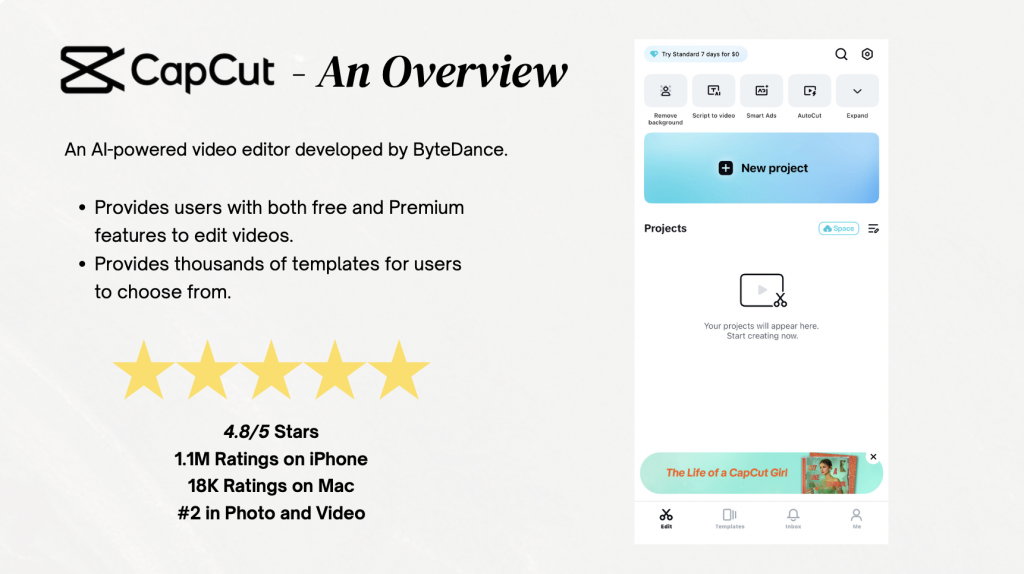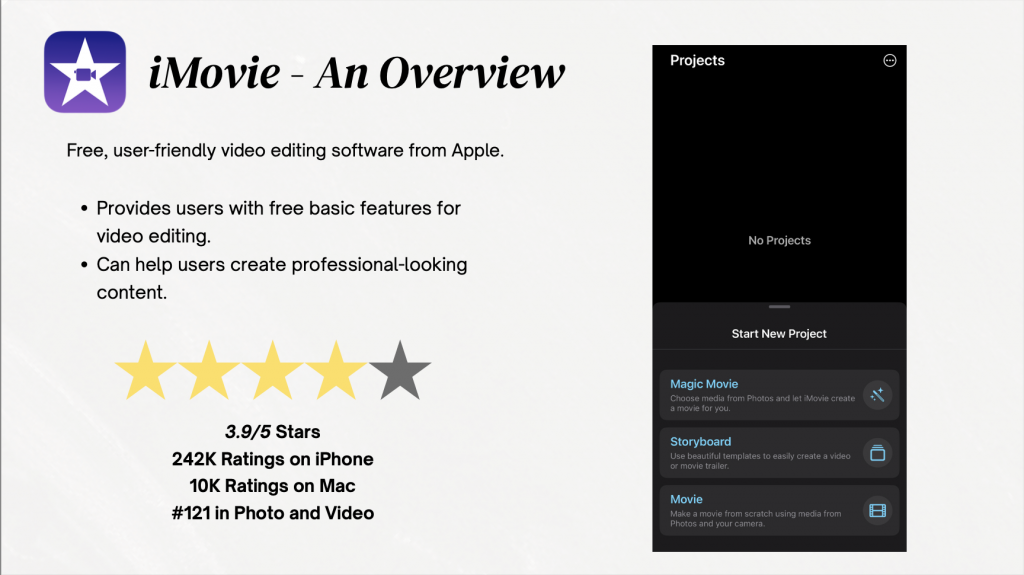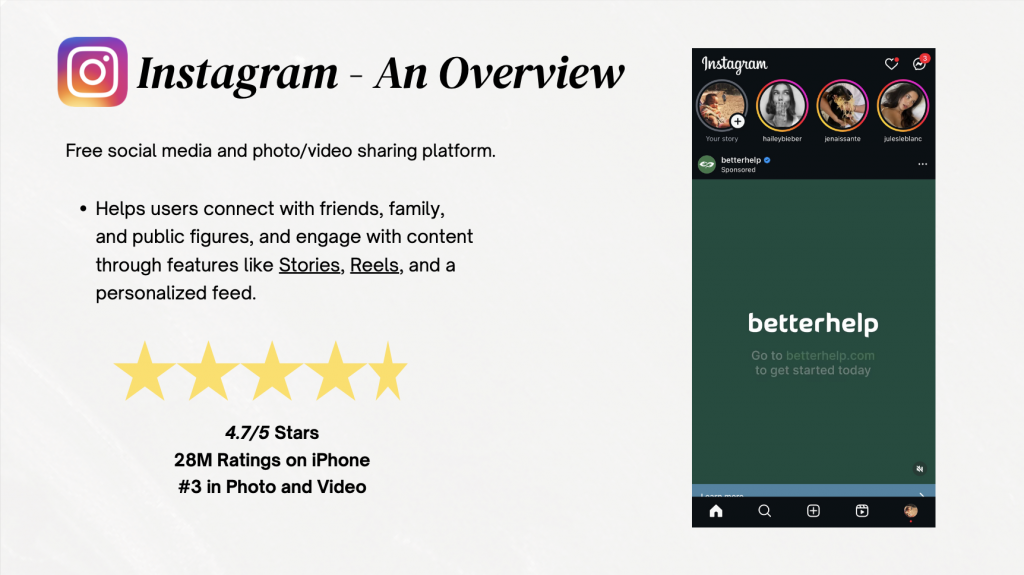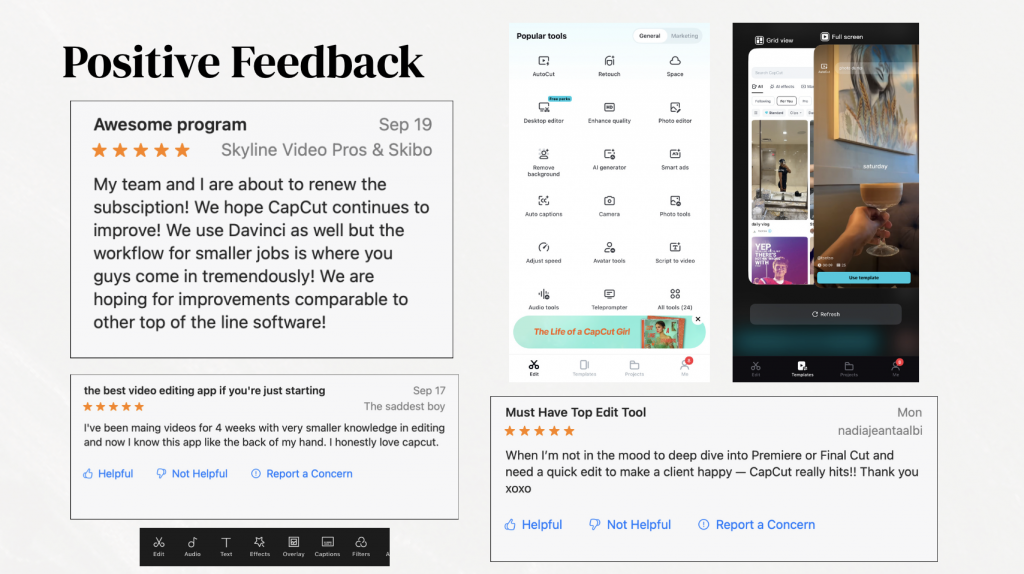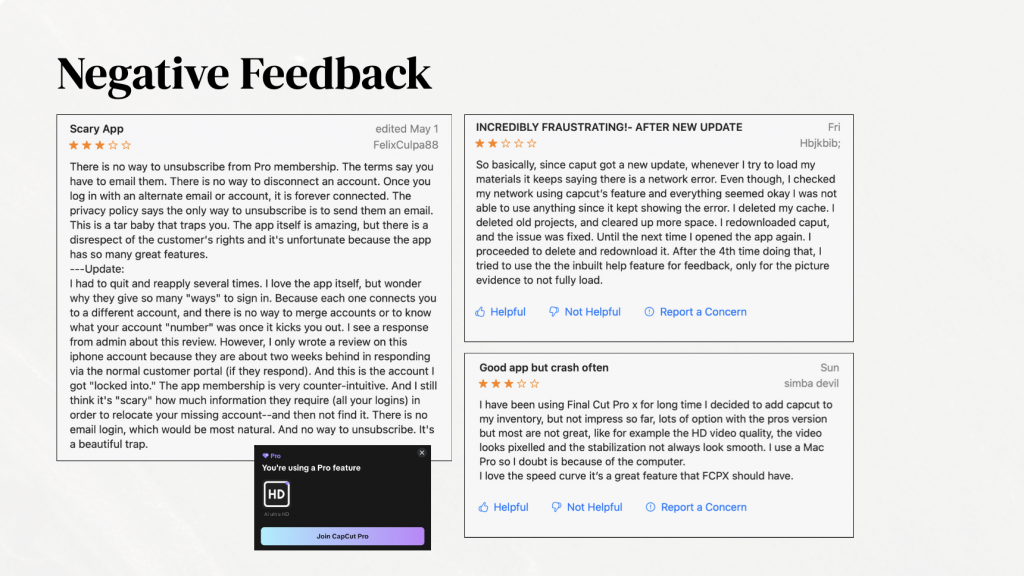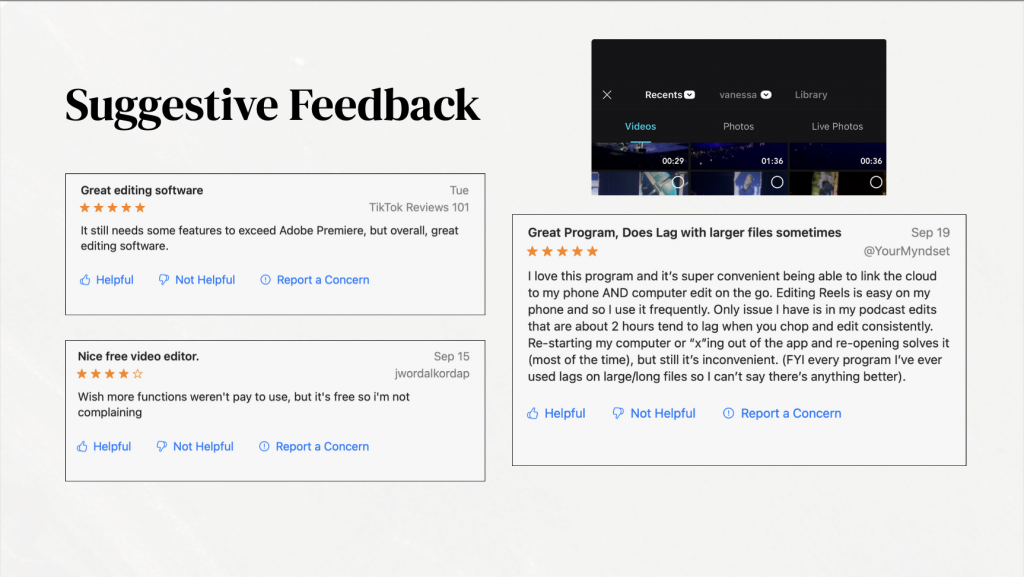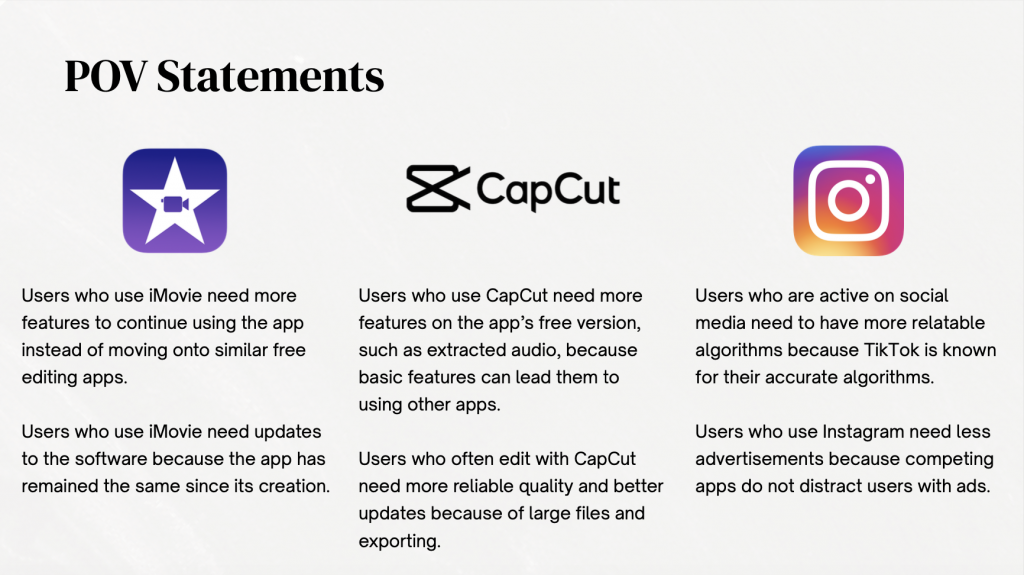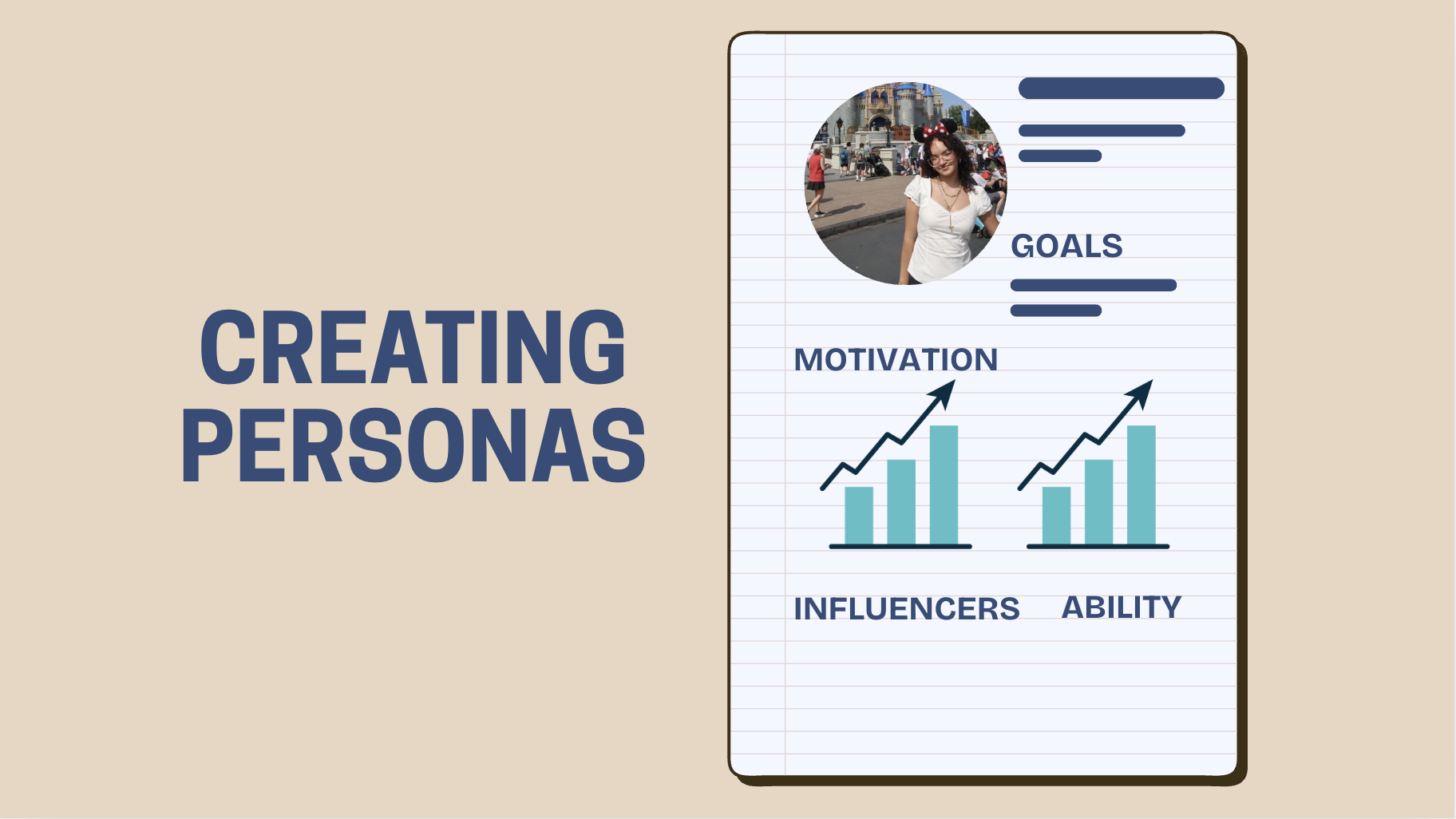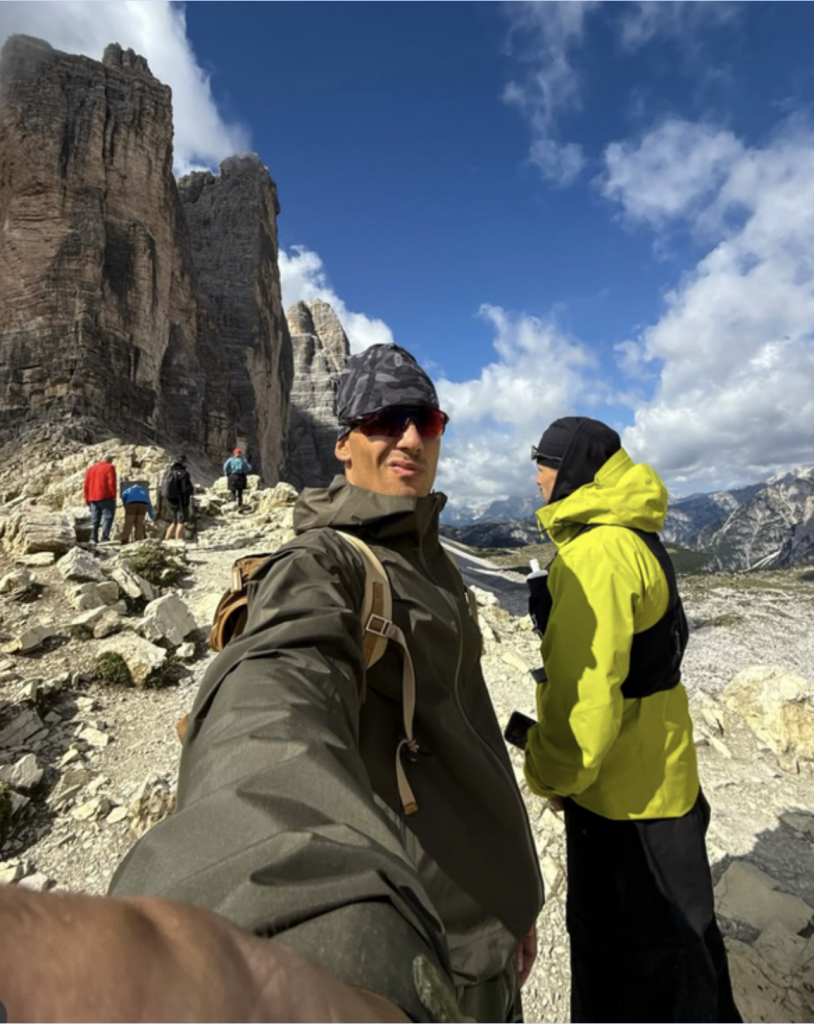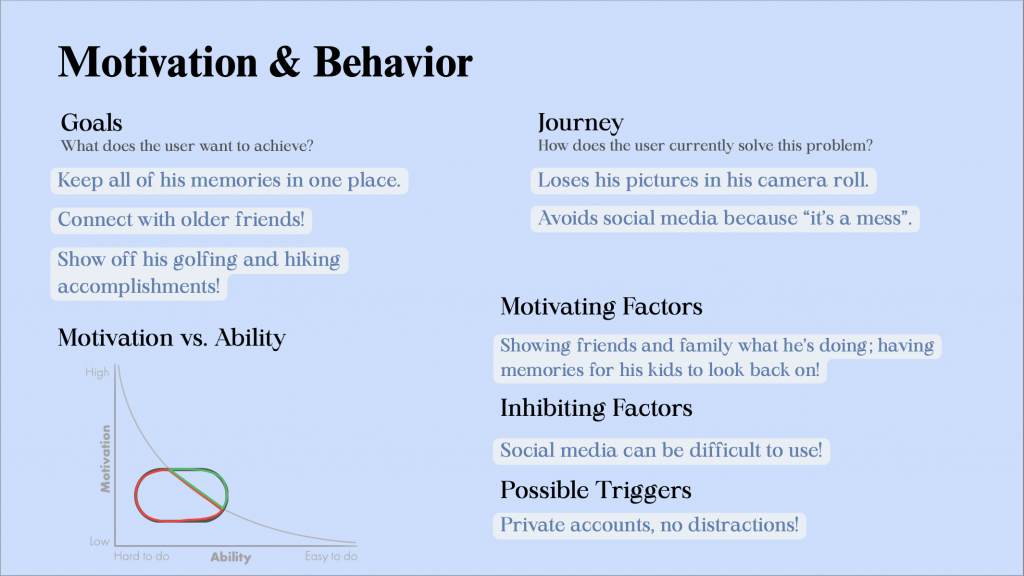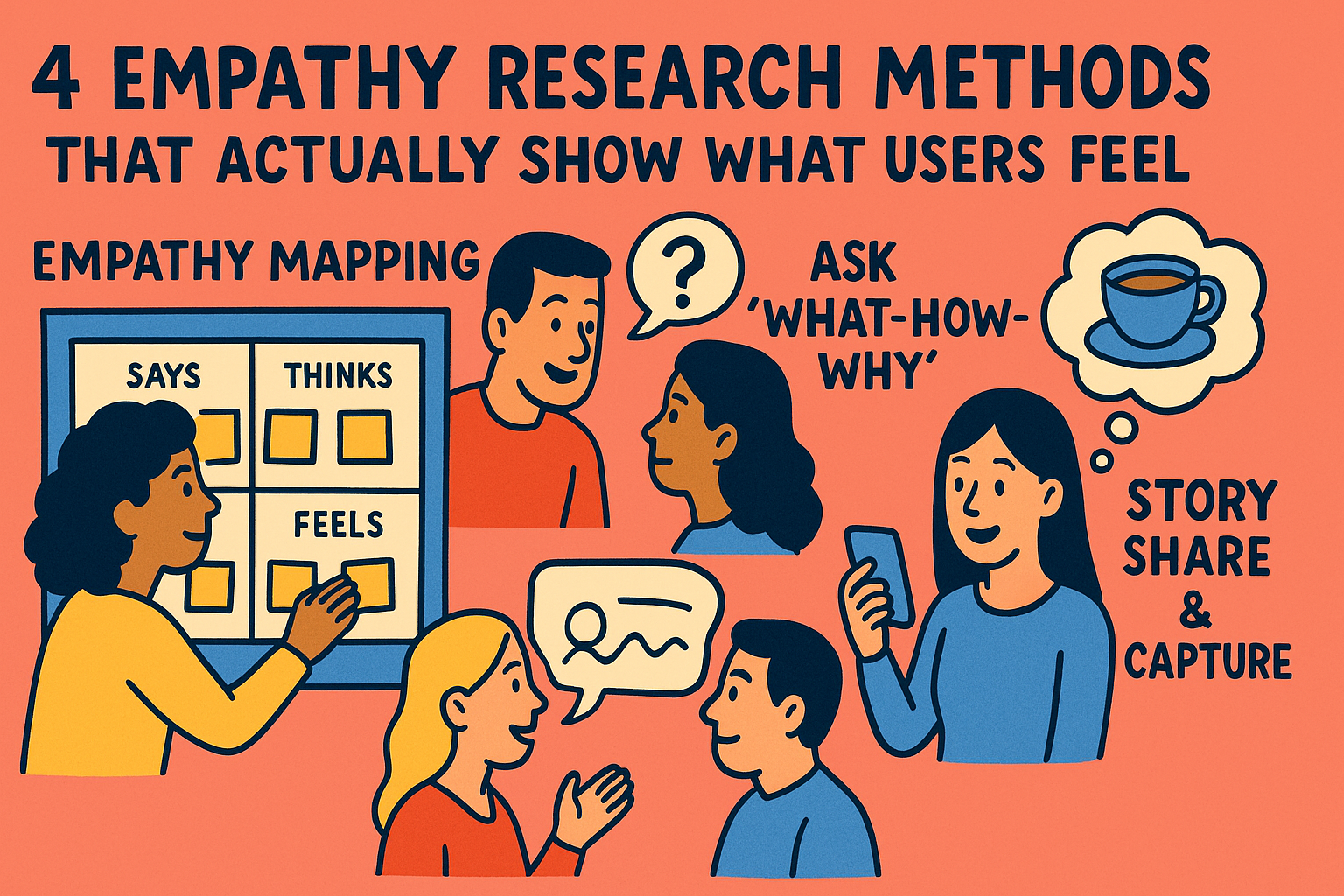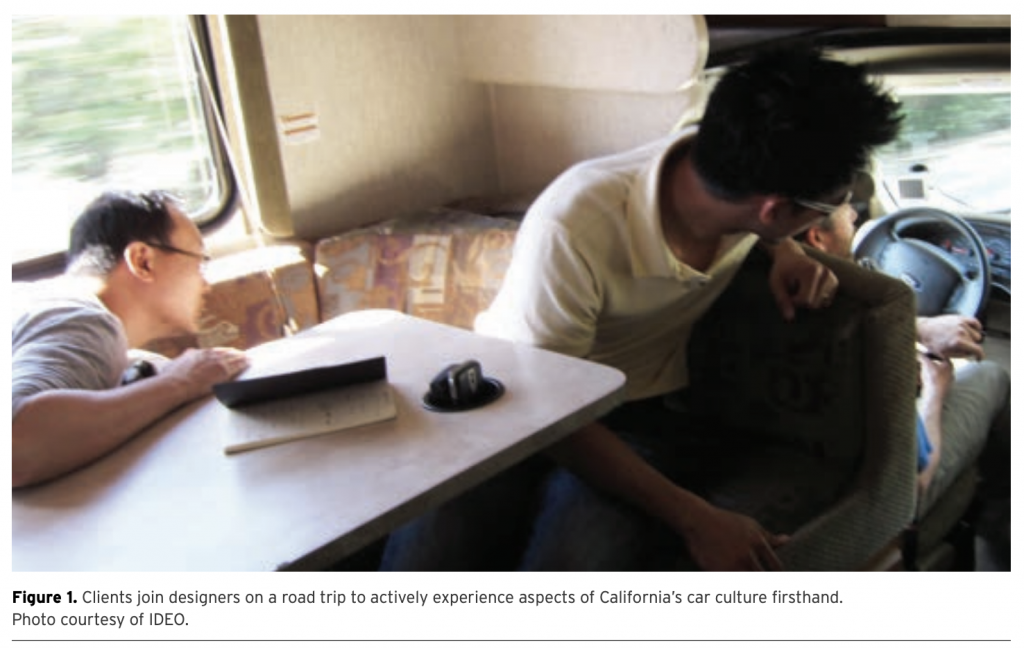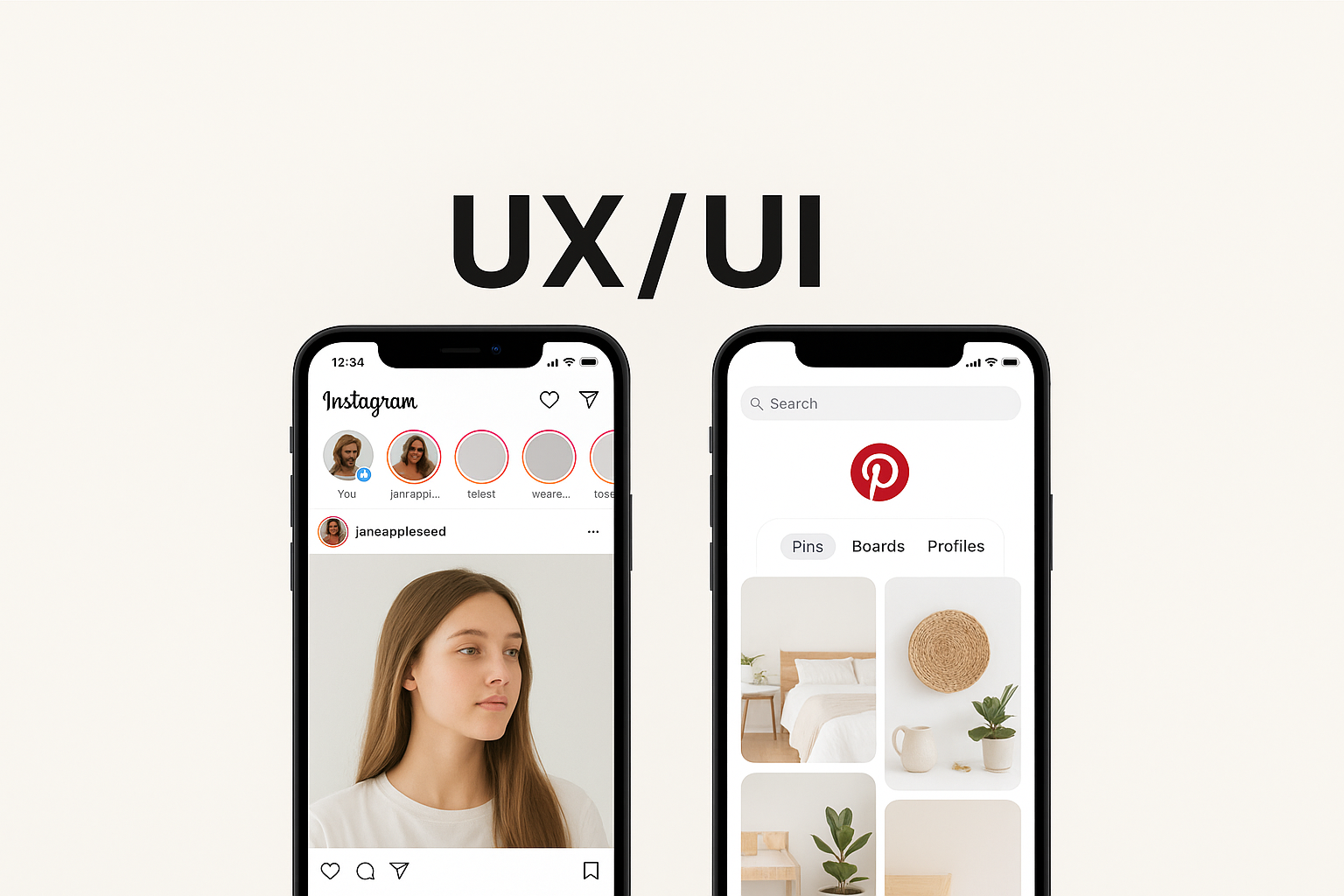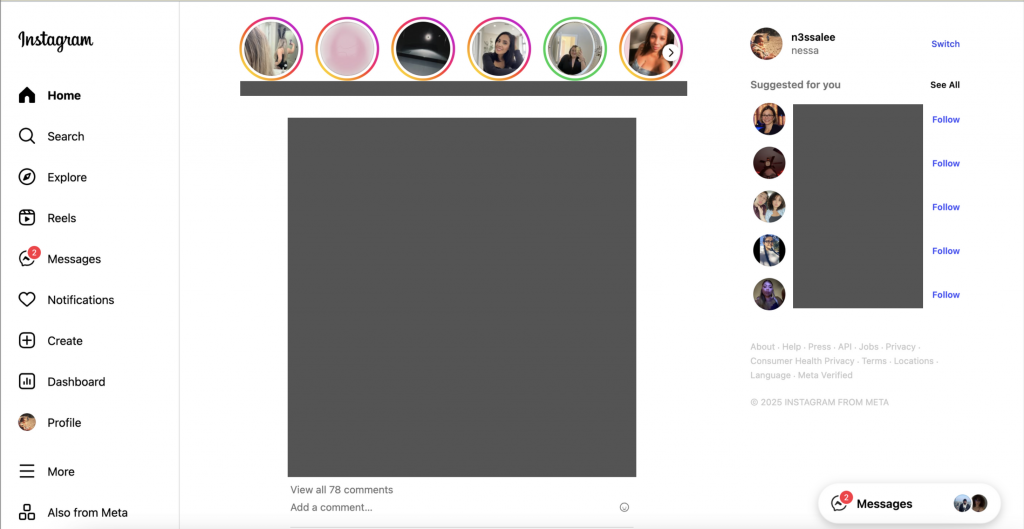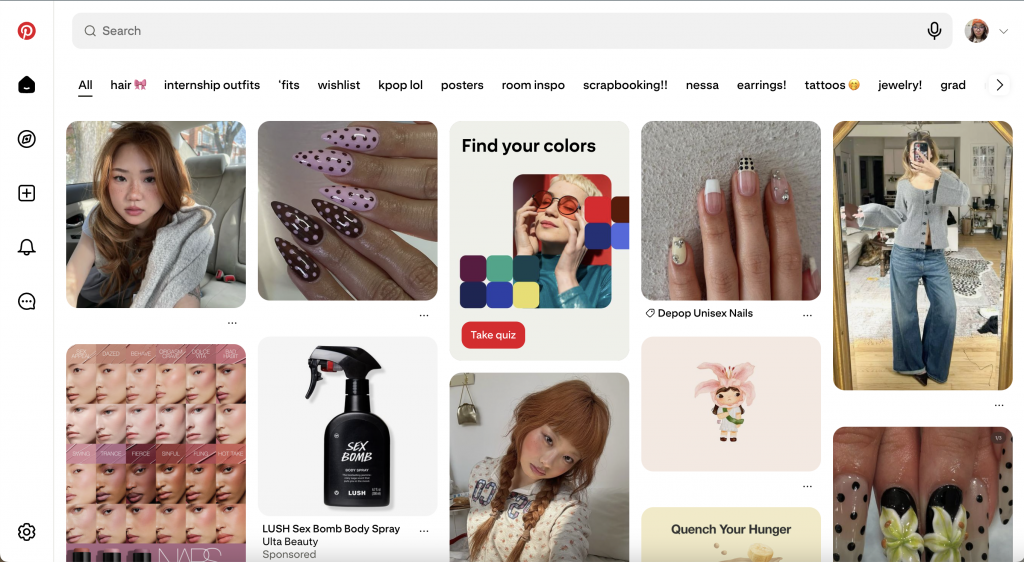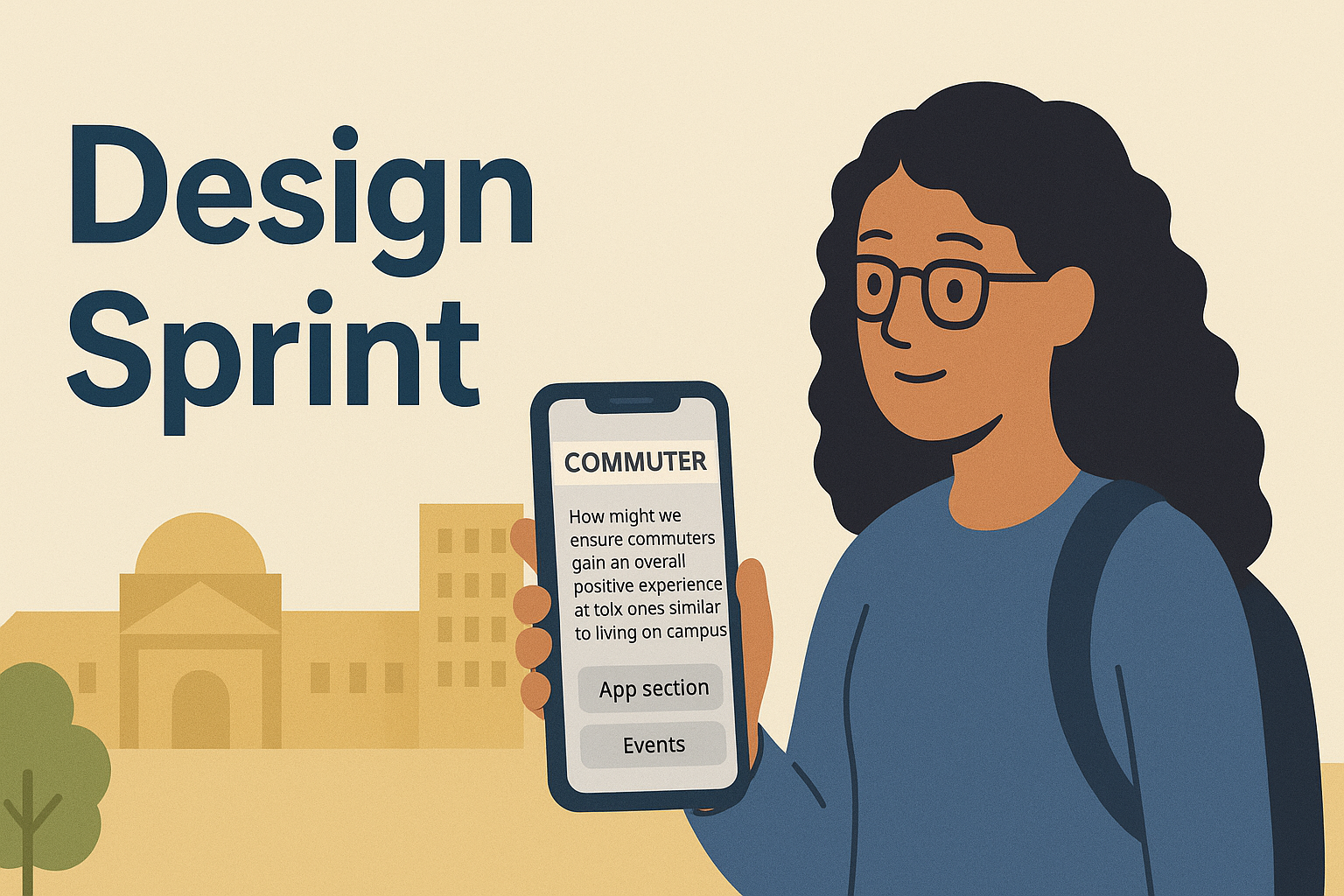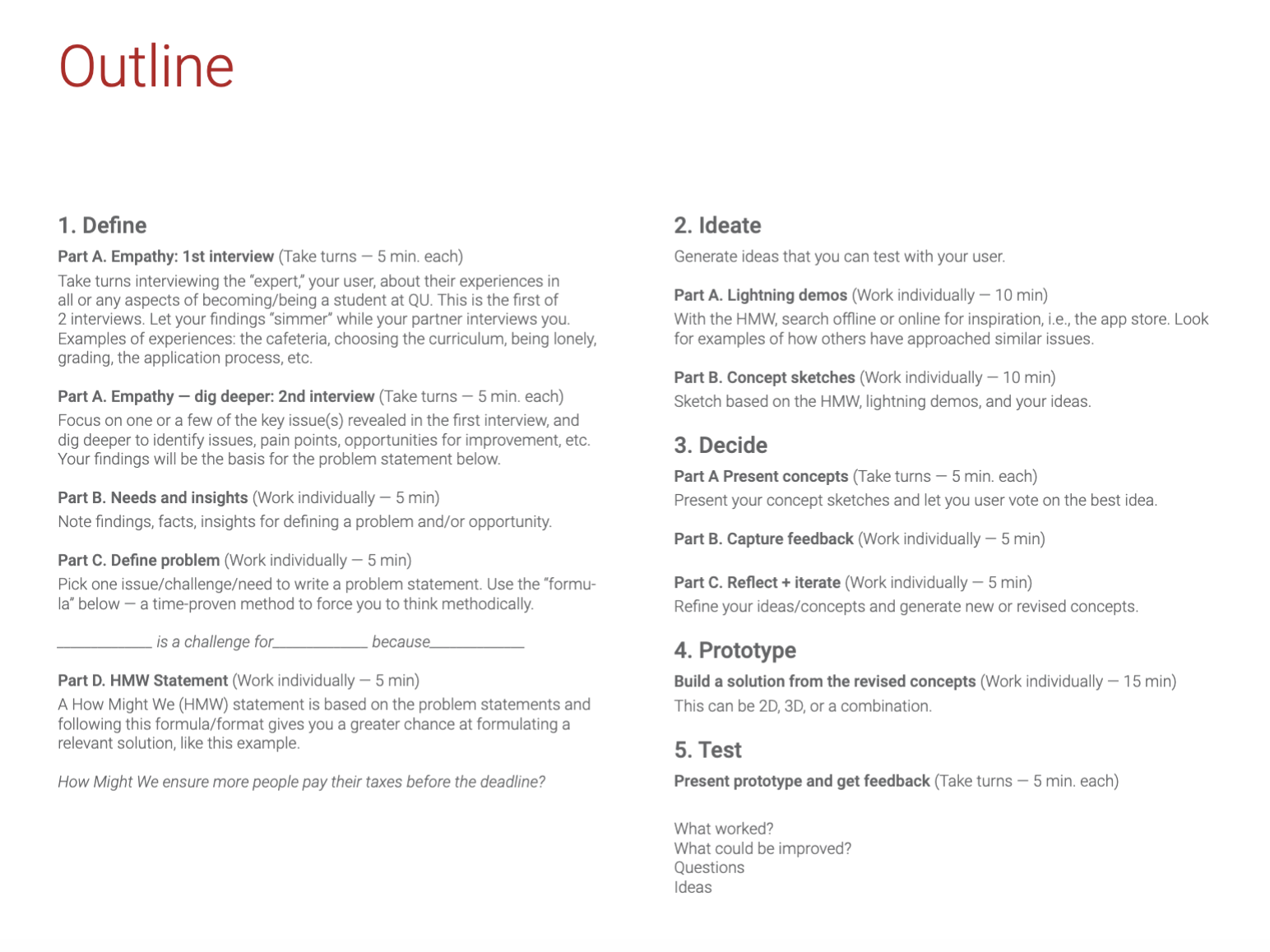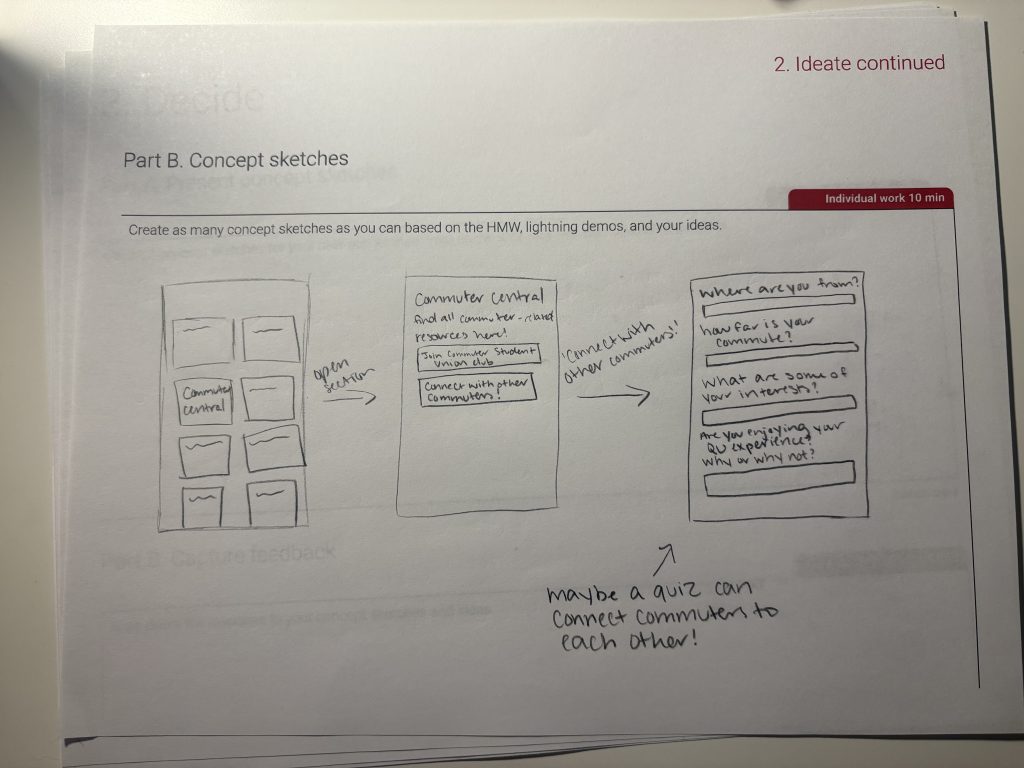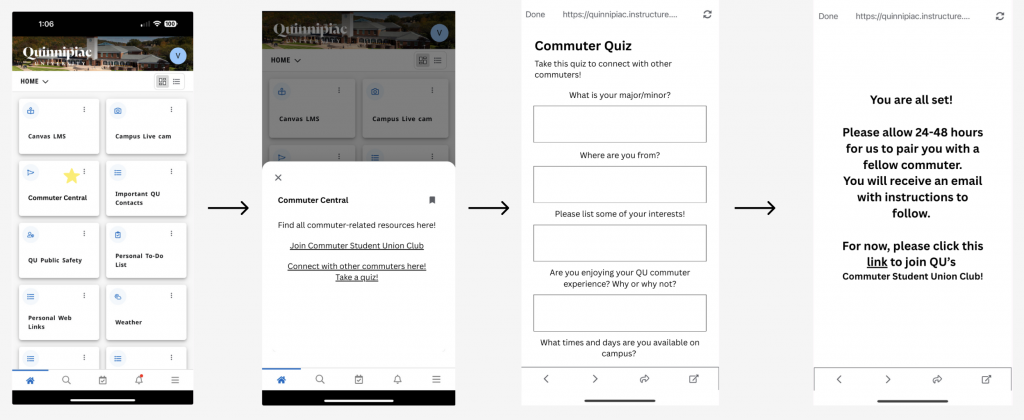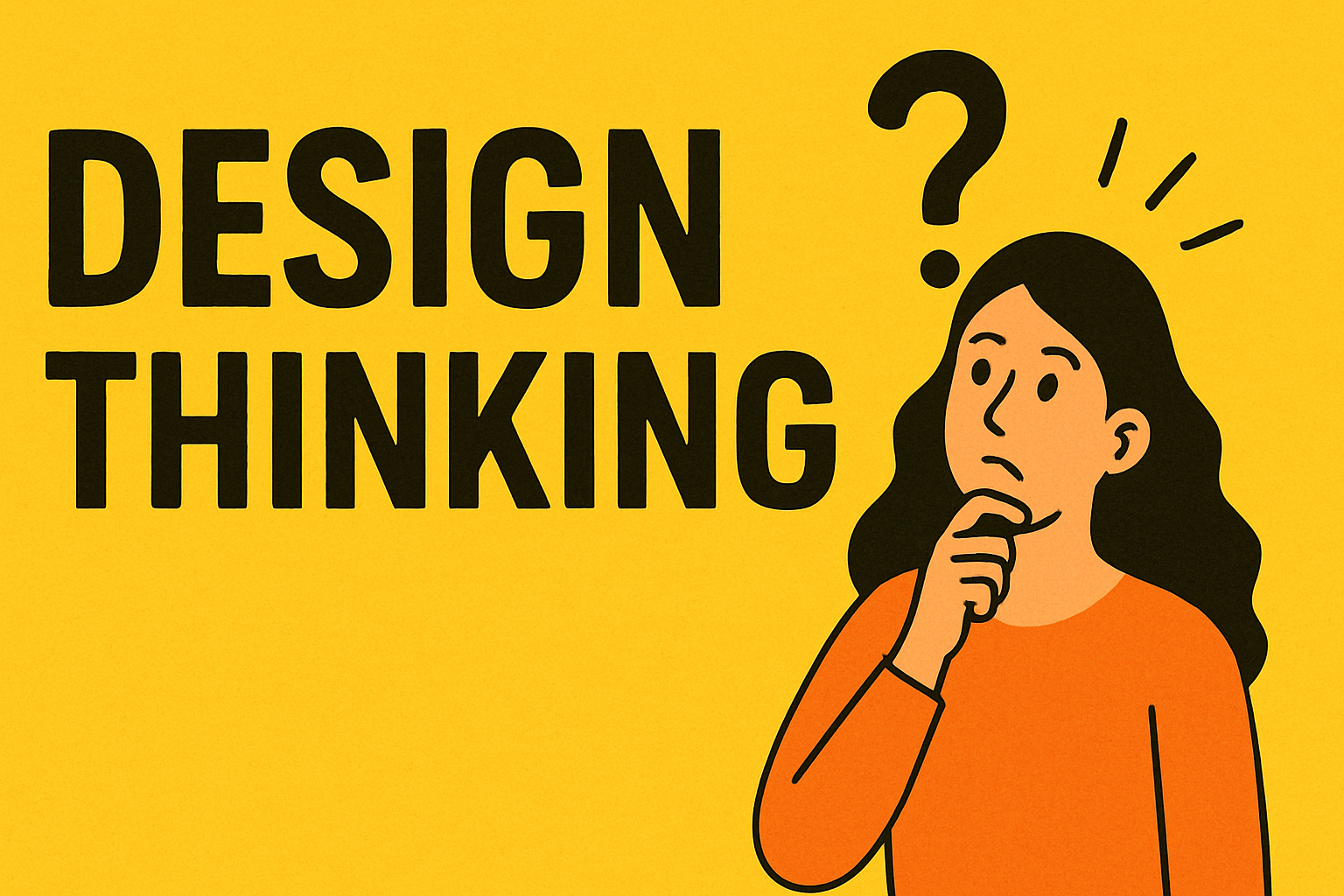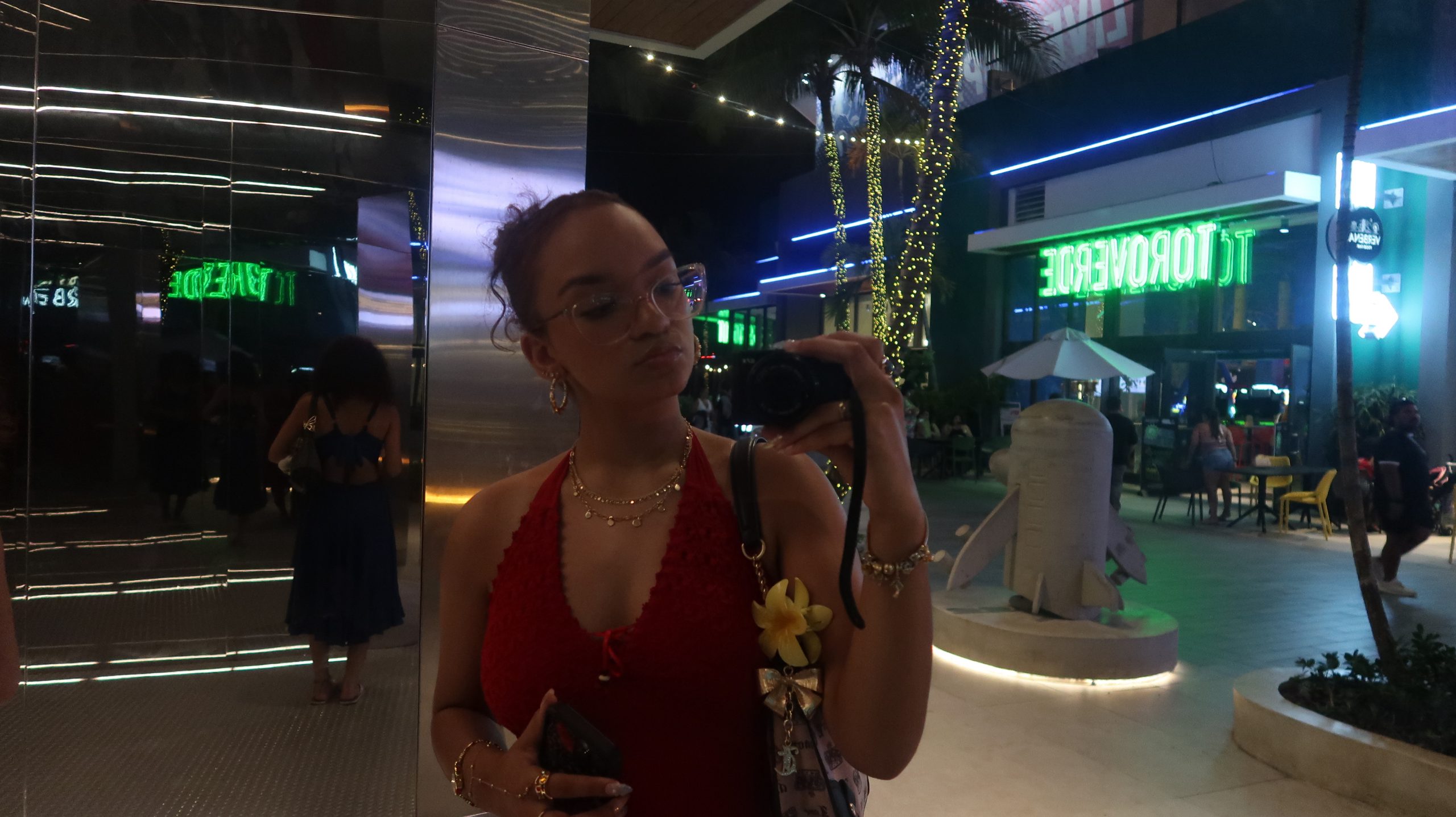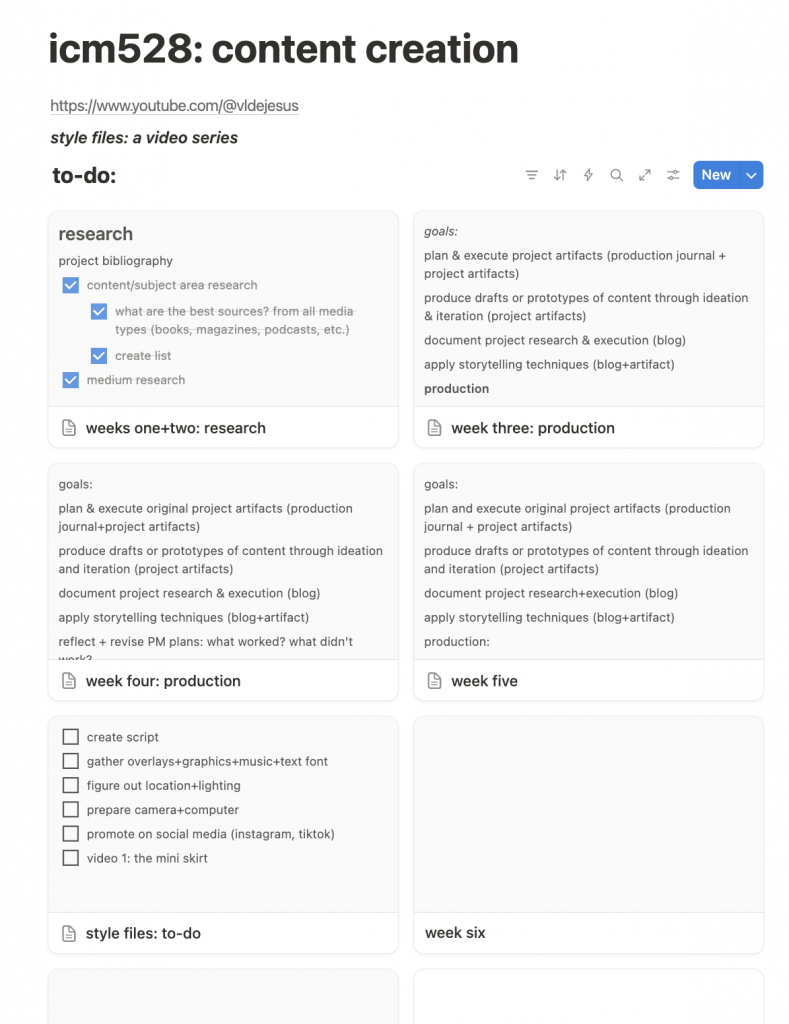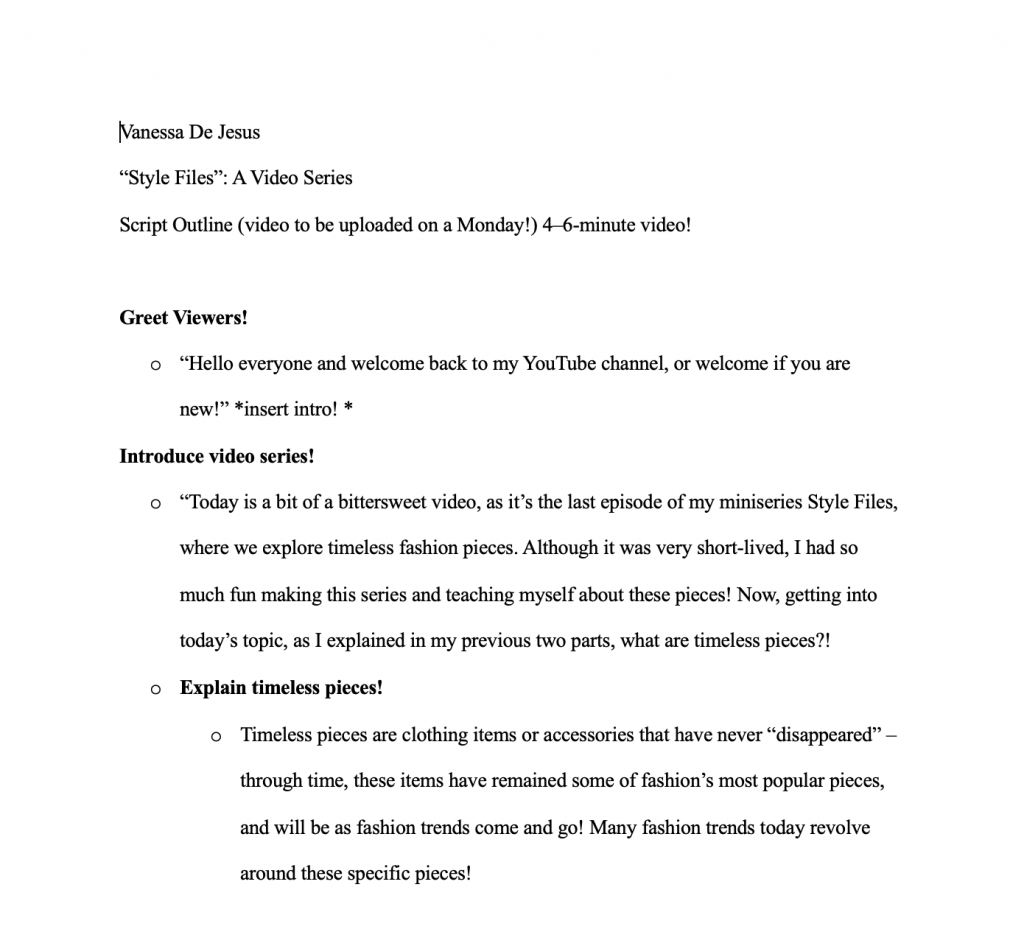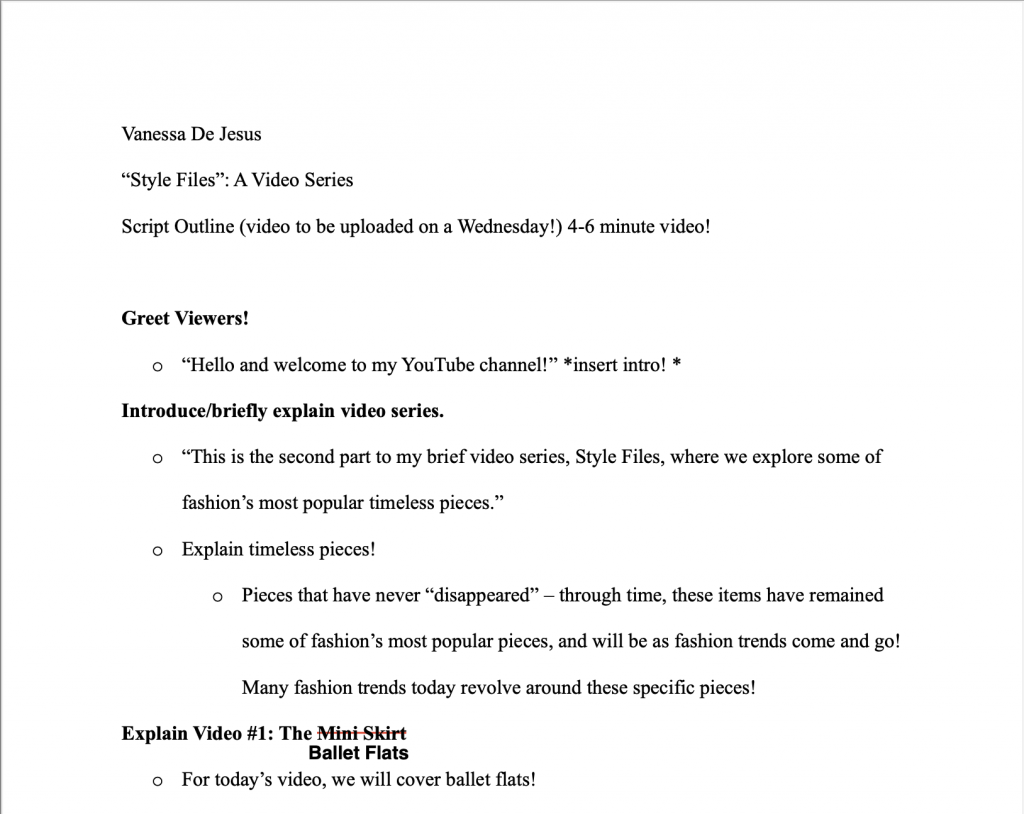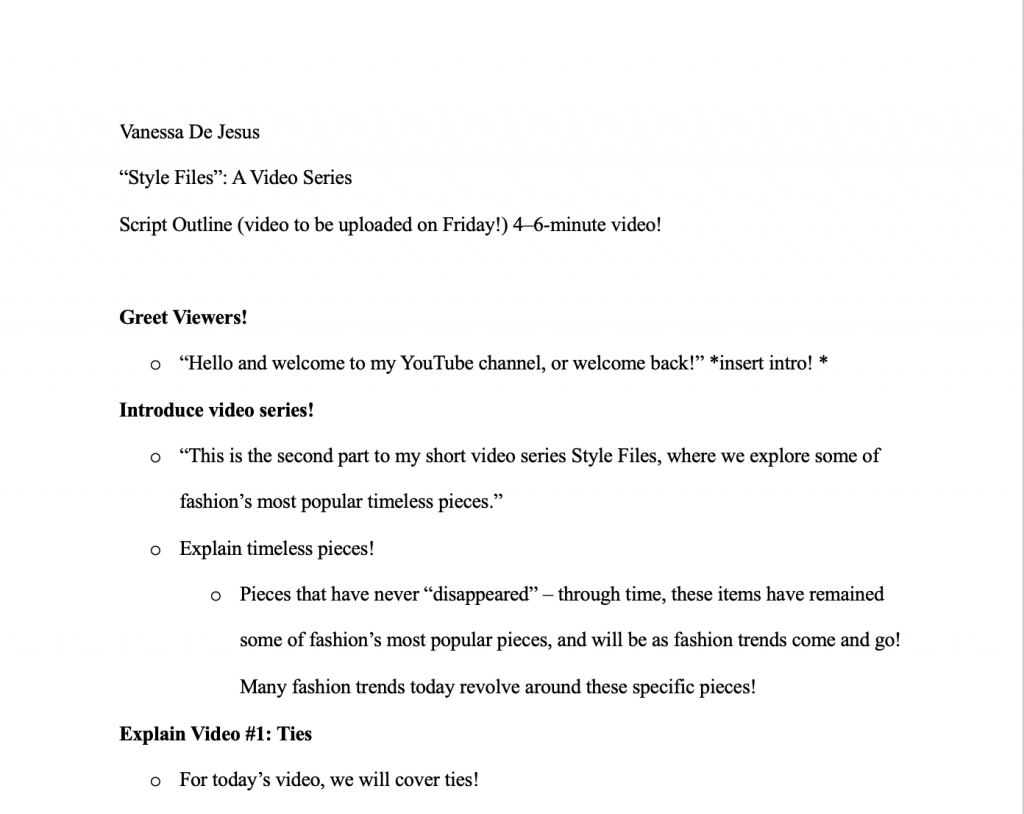As a semi-beginner editor of both video and audio, I want to make sure I know everything I need to know to create my own content. In this module, lots of research was done on sound itself, and I was able to better understand how podcasts are first created!
Understanding Sound
The Bare Bones Camera Course for Film and Video – Chapter 8: Sound
For my first reading, I read chapter eight of The Bare Bones Camera Course for Film and Video by Tom Schroeppel and Chuck Delaney. The book offers great beginner-friendly information about film and video editing, as well as small recommendations for smoother production experiences.
Going into this reading, I didn’t know much about sound editing, and wanted to get a clear idea of sound itself. The author, Tom Schroeppel, explains the concept of sounds, and also emphasizes the importance of clear audio, and tells us that even the most beautiful video footage can easily be ruined by poor sound.
Schroeppel really drives home how important sound can be in filmmaking. As a reader, I also learned the basics of recording sound that’s not just clear, but intentional—something that can actually add to the story rather than distracting from it. Choosing the right microphone, the location, and cancelling out background noise are all important factors in achieving clear audio quality for projects, and can make or break a video. Schroeppel even points out the difficulty of audio editing, saying that paying attention to the audio during filming can make things much easier during post-production.
Reading this made me realize how often sound can be overlooked in production, even though it’s what gives any video its mood, emotion, and sense of relatability. Good audio doesn’t just support the visuals—it completes them.
Parts Of A Podcast
- “The Art of Creating an Invisible Podcast Episode Script”, Kevin Anderson
The next reading I wanted to discuss was an article by Kevin Anderson, “The Art of Creating an Invisible Podcast Episode Script”. Explained by Anderson, an invisible podcast script can come across very natural, enough that the listener doesn’t think it’s scripted. To do this, however, you still need structure! Creating an invisible script, includes key elements like the welcome message or sponsor introduction, should be linear and follow one after the other. This can help in staying organized and confident in what you’re saying, and can provide that important structure to the episode. Mentioning important elements such as attention-capturing openings and conversation-like scripts can help the script sound more natural, and not like a script is being read.
I liked Anderson’s message on mixing both planning and spontaneity to create a natural-sounding podcast. Things like intros, sponsor messages, or key transitions can be scripted, while the rest can be outlined with bullet points. This approach keeps the episode flowing smoothly and makes sure you cover all your main points. The article also highlights a few benefits of having a script: it keeps you on track, saves time during editing, and helps you sound more polished as a host. Most importantly, it lets you focus on connecting with your audience—since you’re not worrying about what to say next. Overall, the invisible script is all about preparation that sounds effortless once you hit record.
This reading, “Creating a Great Podcast Script: 3 Methods Top Podcasters Use” by Colin Gray, gets into various methods of podcast script writing, all tried and true by successful podcasts. The first method, writing the episode word-for-word, is mainly used by beginning podcasters and ensures that no detail is missed. This helps build confidence for these hosts, and can often change into less and less being written down as they go! Although this takes longer to prepare and may sound monotone when reading aloud, I personally believe this method works for more informational podcasts, where hosts rely on statistics and information to relay to viewers.
The next method, writing a detailed outline, is definitely a method I would use. I have also used this method in presentations, only writing an outline of the top points I want to cover. Gray recommends 5 to 10 bullet points of general topics to cover, then 4 to 7 bullets of information within those general topics. Anything past this may be too much to cover, and may need to be slimmed down to fit into the episode. This method can help in sounding more conversational yet still keep the host on topic, and provides a good middle-ground for both details and flexibility in the script. The last method, a rough bullet point podcast plan, is most likely for more experienced podcasts. This method is much quicker to plan, and involves lots of making things up as you go. These bullet points can be beneficial for more conversational podcasts, since valuable information can be lost or forgotten within a couple of bullet points.
- Podcast Taglines, Hooks, & the Power of Words, Kevin Anderson
This reading dives into the importance of taglines, hooks, and slogans in podcasts, and how they engage listeners. A tagline, part of your personal brand, should be the first thing a listener remembers about your podcast. Creating your own should be fun and attract viewers, as well as summarize or go with the theme of your podcast. One of my favorite podcasts, Upstairs Neighbors with Dom and Maya, has their own tagline: “Take a seat, get comfortable, and welcome to the neighborhood”. This tagline feels very “homey” and comfortable to me, and matches their concept incredibly well!

Hooks can be pretty similar. To make things interesting, hooks can be used to introduce segments, call-to-action (subscribe!), or introducing your sponsors (if they don’t write one for you already). I liked Anderson’s comparison of thinking of hooks as chapter headings in a book, helping listeners navigate your show. By thoughtfully crafting your podcast’s tagline and hooks, you can make a lasting impression on new listeners and encourage them to tune in regularly.
- “Best Podcast Tools of 2025: Make, Market, & Monetise Your Show“, Matthew McLean
This reading covers many different tools to help elevate your podcast and make things a lot easier for production. I like how the author points out the simplicity of podcasting. You don’t need the best technology or editing software, just the message and audience! The article also points out various stages of podcast planning, and specific tools to help make the process smoother. With tools ranging from Alitu for AI-assisted planning and editing to Beehiiv as an email marketing platform, the true lesson I learned from this article is the importance of your message and who you want to reach, not the equipment you use!
- Podcast Presentation Skills | Honing Your Speechcraft, Robert Cudmore
This final article emphasizes the importance of comfortability and practice when refining your presentation skills to create an engaging and professional-sounding podcast. Whether you’re new to podcasting or looking to improve your skills, Cudmore provides tips and tricks to get comfortable in front of the mic. From talking in front of a teddy bear to repeating segments over and over again to avoiding cold water, these tips can help hosts in perfecting their scripts, and get comfortable with their listeners.
Another important point made by Cudmore is the importance of guest interviews, and knowing how to do them. It is crucial to listen and react to your guest, and develop more questions from what they’re saying. Guest interviews can definitely spice up a podcast and attract new listeners no matter who the guest is, so it’s important to make it count!
My Favorites!
While I don’t listen to many podcasts, I do have some that I tune into every now and then.
One of my current favorite podcasts is Upstairs Neighbors, as mentioned earlier. While I’ve been following for a while, Dom and Maya (blue and green sweaters) recently announced a partnership with TMG Studios, a podcast network owned by fellow podcaster Noel Miller. Since then, their podcast quality and production has gone up, and more people have started listening. This episode, featuring trending streamer Vanillamace, attracted many new supporters and made the episode pretty popular for their channel. Their addition of the creepily-real-looking chipmunk noses also adds to the video, as many comments talk about this and other recent costumes the duo has added to spice up their videos.
While I don’t avidly watch this podcast, I have watched a few episodes of the guests I am most interested in. This podcast, one of the most watched and listened-to podcasts currently, is known for its popular guests and conversation format between the guest and Alex Cooper, the host. This podcast is incredibly high quality, and engages many different fan bases through their guests.
This podcast is one of my favorite when it comes to storytelling. Stephanie Soo, the host, tells true stories as if they were happening right then. She and her team put lots of research into their episodes, and cover all kinds of true horror stories with dramatic but engaging storytelling. This was the first episode I’ve ever watched of hers, and the hook immediately pulled me into the story. Definitely recommend watching!!
Let’s Make a Podcast!
As a girl who has lots to talk about, I created a podcast to get my thoughts out and have conversation. One of my biggest feelings lately is FOMO: fear of missing out. As a full-time employee and graduate student, there isn’t much time for myself. I wanted to get my feelings out through this podcast, and hopefully connect with people in similar situations. I also definitely want to fit some pop culture topics into the episode, which can relate to my topic of FOMO.
Below is a planning document I created to outline my thoughts for my first episode!
All in all, creating podcasts is something just about anyone can do. No need for the fancy equipment or software, just a message and an audience. I’m excited to start this project, and hope you learned something from my takeaways!
